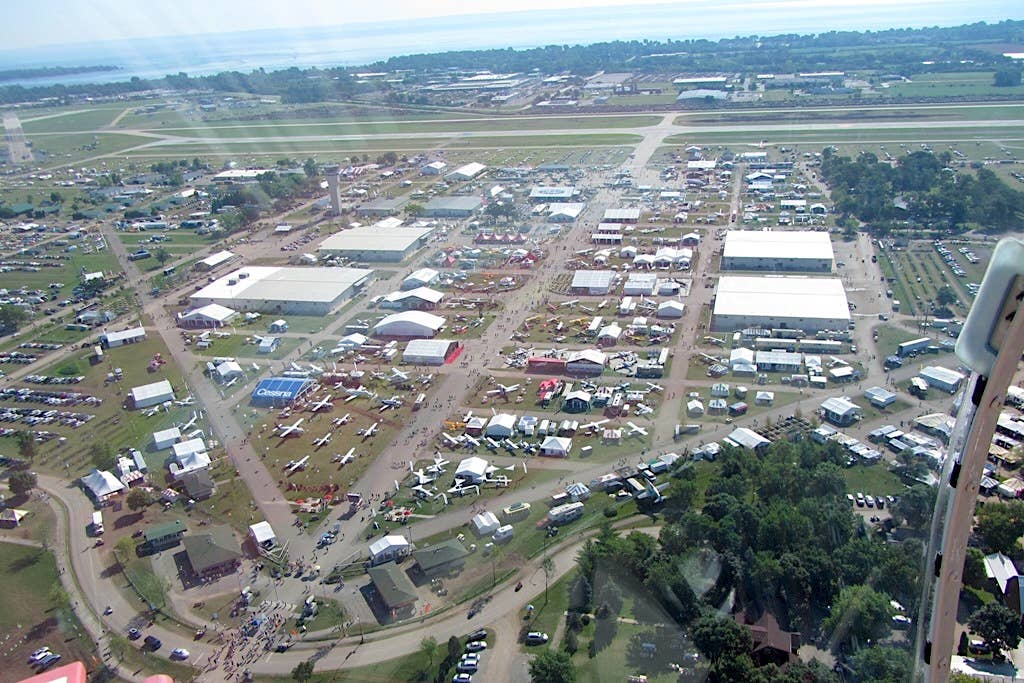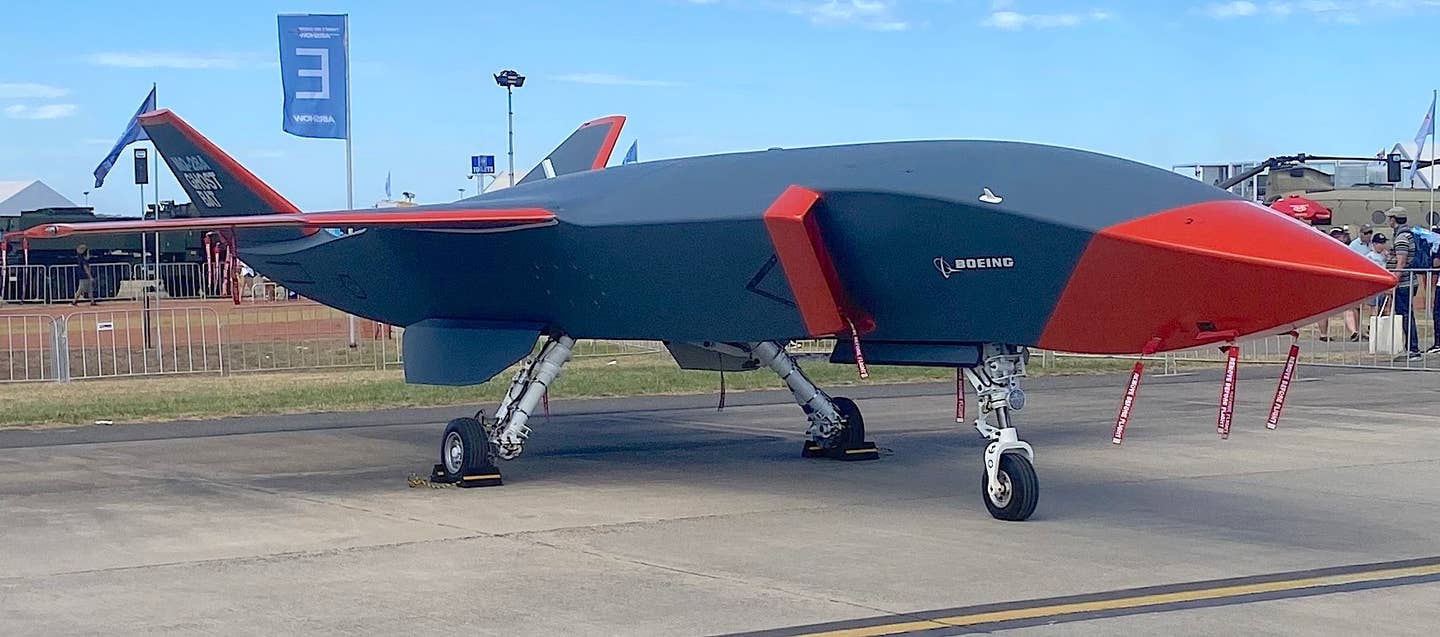Unleaded Fuel Initiatives: Still Much To Do
Engine and airframe manufacturers are calling for greater transparency in the process toward eliminating lead from aviation gasoline so they can ensure the safety and reliability of the fuels for…

Engine and airframe manufacturers are calling for greater transparency in the process toward eliminating lead from aviation gasoline so they can ensure the safety and reliability of the fuels for their products and customers. The General Aviation Manufacturers Association held a video news conference on Monday to give an update on the Eliminate Aviation Gasoline Lead Emissions (EAGLE) initiative and to unveil a new website. Representatives from industry, government and industry associations and those who make the products that will use the high-octane replacement for 100LL are anxious to test the four candidate fuels (General Aviation Modifications Inc. [GAMI], Swift Fuels, Lyondell Basell/VP Racing Fuels and Phillips 66/Afton Chemicals) but have not been able to get sufficient quantities to assess their suitability. "We have tested nothing to date," said Textron CEO Ron Draper.
Draper said OEMs have to check the impact of the fuels on thousands of aircraft components that come in contact with the fuel, including all the gaskets, seals, liners and other "soft parts" in the airplane. "We desire more transparency," he said. "We want to test the fuels." Although some operational testing has been done, much of the testing to date has been done in the lab and the formulations and ingredients are proprietary in some cases. CubCrafters CEO Patrick Horgan also called for "general transparency" from the process.
Lycoming Senior Vice President Shannon Massey also urged access to all the specs on the fuels for the obvious impacts they could have on the myriad parts in a modern aircraft engine. But there are more subtle differences that need to be assessed as well, including fuel density. The weight of the fuel will influence the fuel controls and delivery systems and that might require adjusting those systems to ensure performance and reliability.
Lirio Liu, who heads up certification at the FAA, said the process is complex and there is also the issue of environmental suitability of the fuels. The agency has called on the National Academy of Sciences to assess whether the specific formulations of the four fuels will simply trade new emissions issues for the elimination of lead.
Two of the fuel developers have opted for a supplemental type certificate process to bring their fuel to market. GAMI's G100UL fuel got STC approval for virtually all avgas engines last year and Swift's unleaded 100R is expected to get approval this year said Liu. The other two manufacturers are going through the Piston Aviation Fuels Initiative (PAFI) and if either of those t are approved the FAA will issue "fleet authorization" that will allow their use in all gasoline aviation engines. The Basell/VP fuel is nearing the completion of its testing and the Phillips 66/Acton formula is set to begin testing. EAA Chairman Jack Pelton noted that only the PAFI route is practical for his members since STCs can't be applied to homebuilts and experimentals.
While all these details are worked out, EAGLE members are stressing the need to maintain availability of 100LL until all engines are able to use a universally accessible unleaded substitute. According to Lycoming's Shannon Massey, while many aircraft engines can use already-available unleaded fuels, more than half the engines in service must have high-octane fuel to operate safely. Many of those engines are on commercial twins and big singles used for cargo, commuter and other commercial applications.
AOPA President Mark Baker, who co-chairs the EAGLE initiative with Liu, said time is short to get this all sorted out. EAGLE has set a goal of 2030 to have an unleaded high-octane replacement for 100LL, and the EPA is expected to issue an "endangerment finding" on leaded avgas later this year, further ratcheting the pressure. "This is urgent," he said, adding that the endangerment finding will give those who want to get rid of general aviation airports more ammunition. "We want to get a fuel to our members and to (EAA's) members as quick as possible and get this off our backs and be good citizens," he said.






